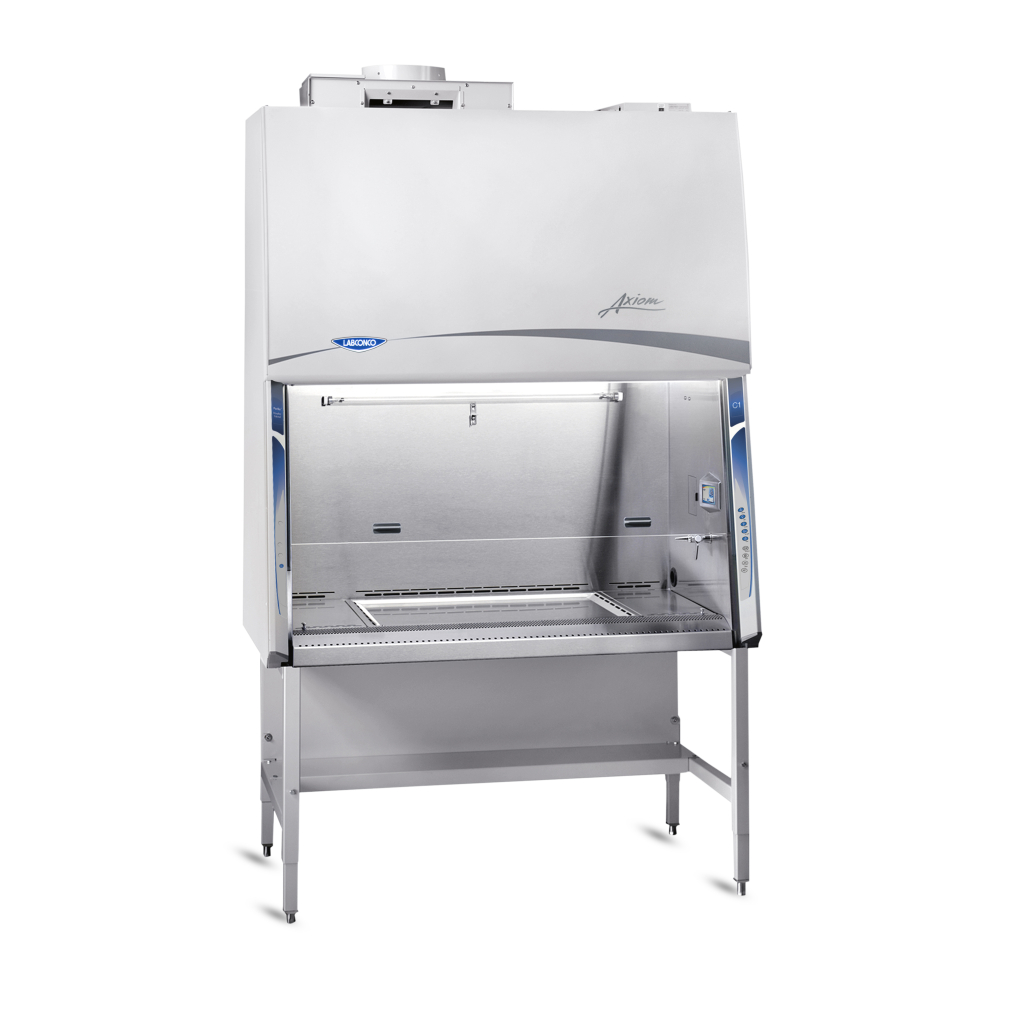Video: Type C1 Biosafety Cabinets, what's different?
 If you’re trying to understand the basic differences between the new Type C1 Biosafety Cabinet and other Class II cabinets, there is no better place to start than understanding its airflow.
If you’re trying to understand the basic differences between the new Type C1 Biosafety Cabinet and other Class II cabinets, there is no better place to start than understanding its airflow.
The following video demonstrates Active Protection Protocol in the Purifier Axiom Type C1 BSC. Watch as the engineer defeats the ducting system, but the BSC continues to retain a safe work environment, allowing time for the user to perform shut down procedures safely in the event of an exhaust system failure.
This video demonstrates how incoming air is divided by the work surface so that contaminated air in the Chem-Zone can be safely ducted outside, providing a large, central area to comfortably work with both chemicals and biologicals.
3D Animation of Type C1 Airflow
When operated in Type B mode, 100% of the air passing over the Chem-Zone is directed through the exhaust HEPA filter and delivered to the ductwork where house exhaust can take over. Air that passes over the areas on either side of the Chem-Zone is recirculated through the cabinet.
The two following demonstrations use smoke to make the airflow visible in a Purifier Axiom® Class II, Type C1 BSC.
Low Volume Smoke Test
High Volume Smoke Test
This video demonstrates the "smoke split" that is common to all Class II biosafety cabinets.
Smoke Split
To find out more about how various biological safety cabinets protect the user and the laboratory environment differently...
Go to BSCno-brainer.com
| chevron_left | Biosafety cabinet human factors design | Articles | Freeze Dried Cooking | chevron_right |






